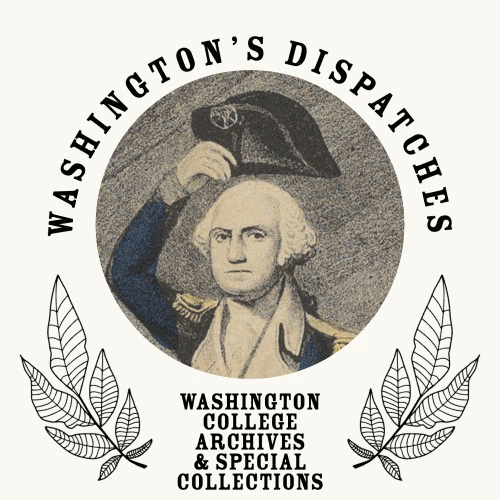Honoring Prominent Figures in Campus History: William Smith Hall
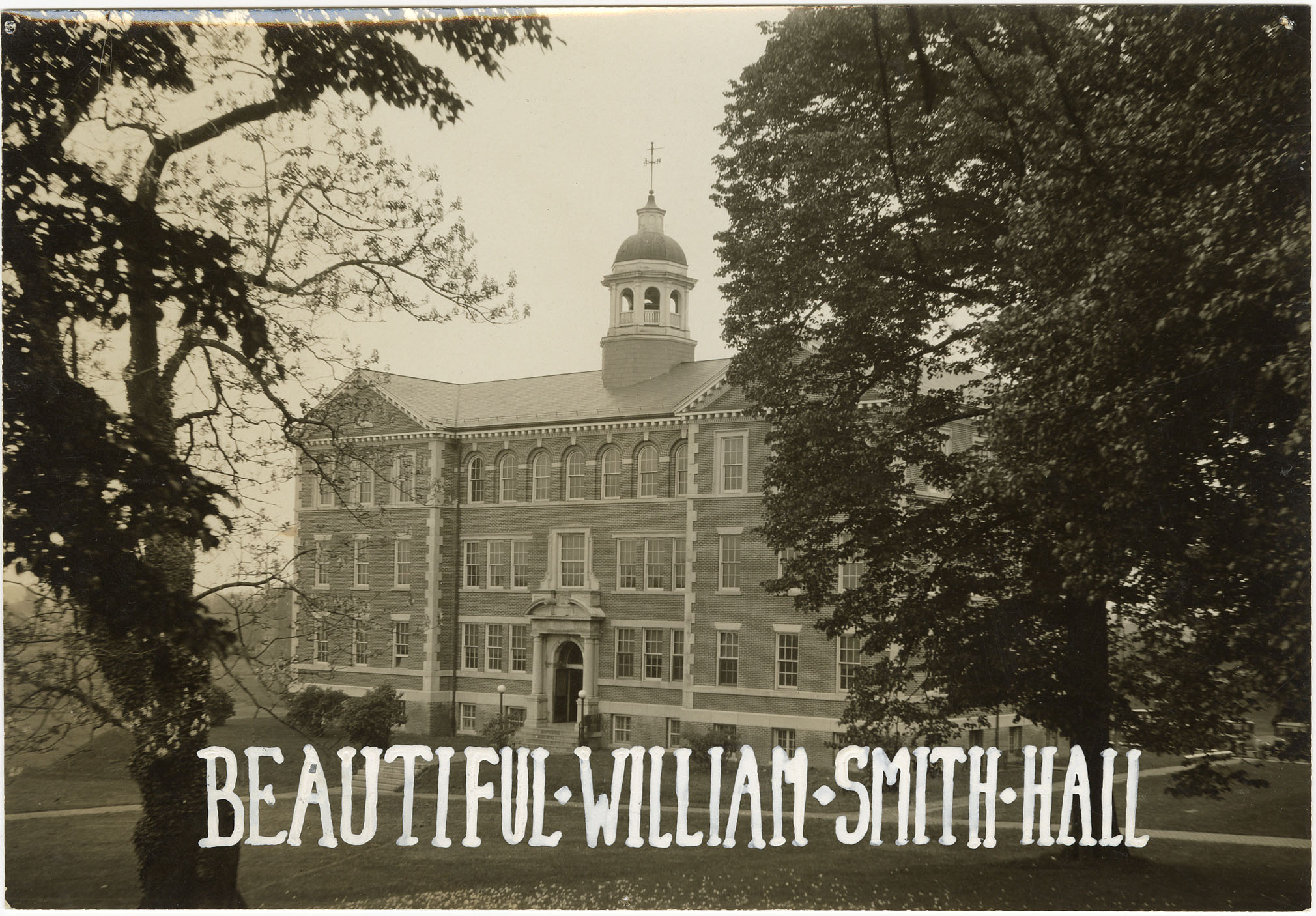
It is one of the most iconic buildings on campus, and it is only fitting that it should bear the name of our first President, the Reverend Dr. William Smith.
After the fire of 1827 destroyed the original college building, a resolution was put
forth to appropriate $10,000 for new construction. Unfortunately, it did not receive
enough votes, and for twenty years, classes were held in rented houses around Chestertown.
Fundraising, the decision on a new site, and a brief lack of interest in the project
hampered the new building. Finally, in 1845, the 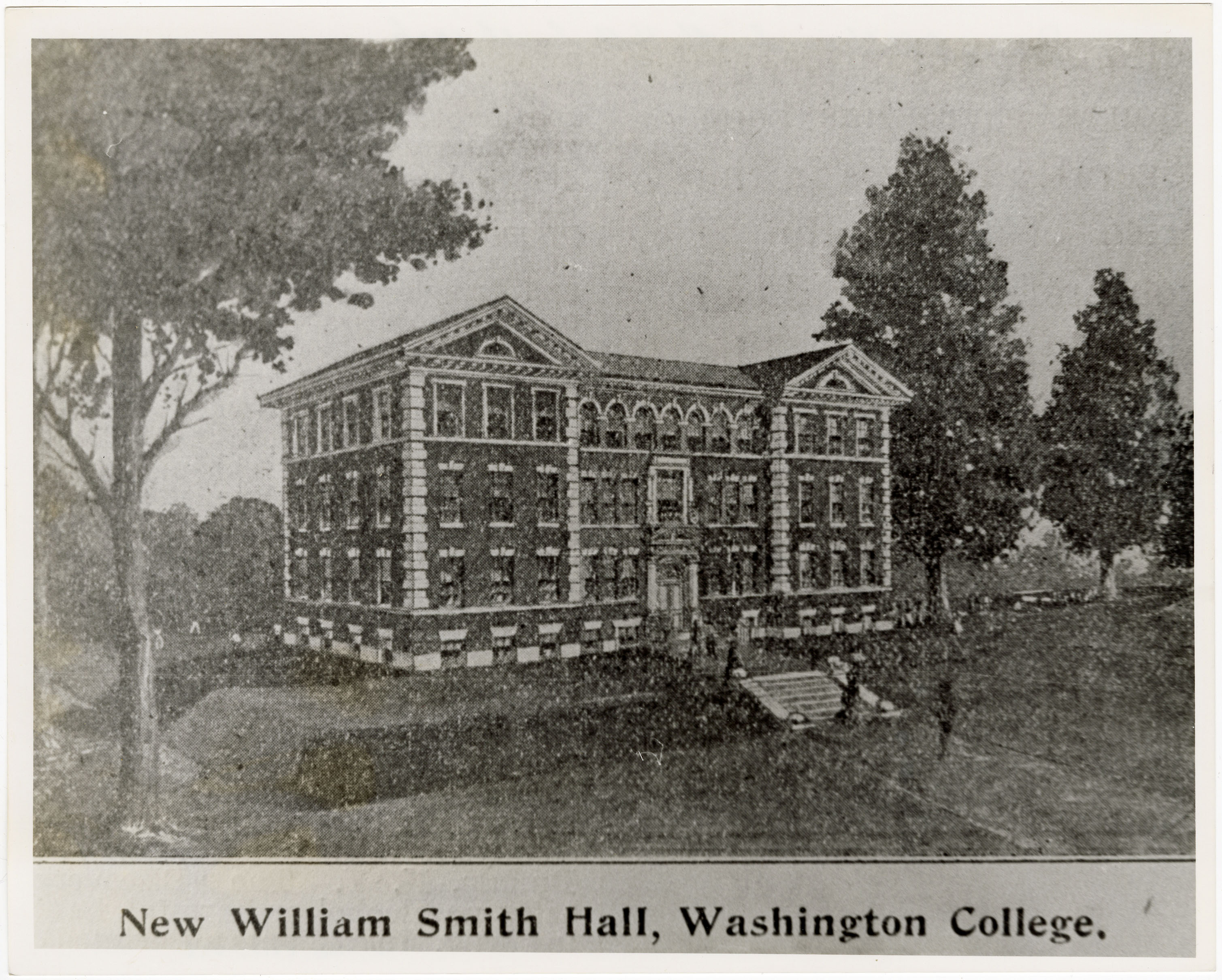 college had a campus again in the form of… Middle Hall. Until the early 1900s, the
Washington College campus consisted of three buildings. East, Middle, and West Hall,
now known as the Hill Dorms. It wasn’t until enrollment outgrew these three buildings
that the college decided it needed more facilities. In 1904, the Building Committee
approved preliminary sketches and appropriated $30,000 for the new building; it was
determined that construction was to begin immediately. The cornerstone was laid in
1906. At the event, Judge Pearce remarked:
college had a campus again in the form of… Middle Hall. Until the early 1900s, the
Washington College campus consisted of three buildings. East, Middle, and West Hall,
now known as the Hill Dorms. It wasn’t until enrollment outgrew these three buildings
that the college decided it needed more facilities. In 1904, the Building Committee
approved preliminary sketches and appropriated $30,000 for the new building; it was
determined that construction was to begin immediately. The cornerstone was laid in
1906. At the event, Judge Pearce remarked:
“In selecting a name for the building now arising from the ground, the choice of the Visitors and Governors was prompt and unanimous, and the hearts of those who are familiar with the early history of the College should go before my tongue to name him.”
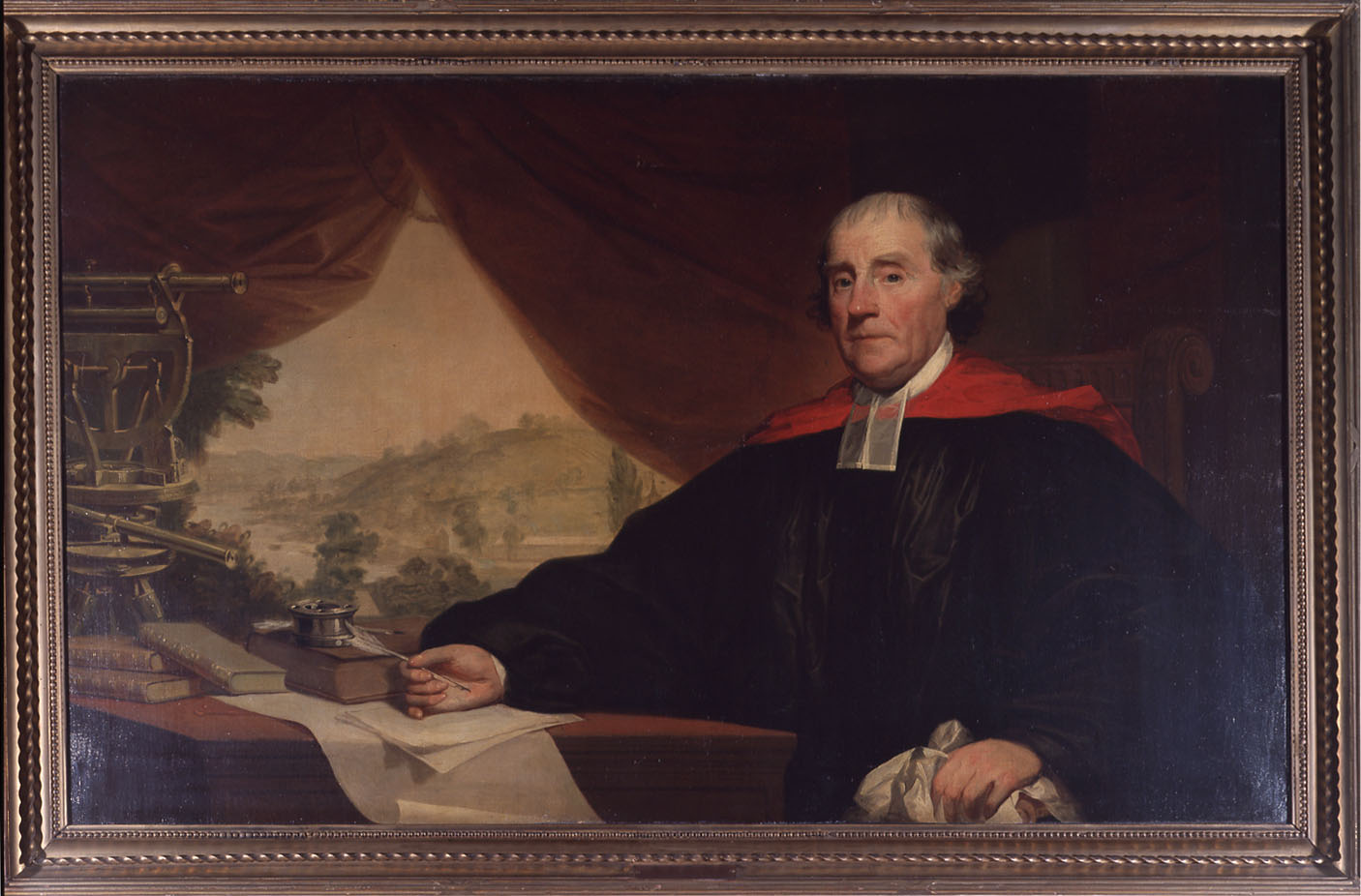
William Smith was born in Aberdeen, Scotland in 1727. He received his Doctor of Divinity at the University of Aberdeen and held degrees at Oxford and Trinity College in Dublin. He published a pamphlet in 1753 outlining his ideas on education, and it caught the attention of Benjamin Franklin. Smith was invited to Philadelphia to teach at their newest college, now the University of Pennsylvania. He served as their Provost from 1755-1779. Smith’s time in Pennsylvania was marked with conflicts among the Quaker community who held sway in the Pennsylvania Assembly. Further political conflicts arose when the Revolutionary War began. Smith was seen as a loyalist, since he was an Anglican minister espousing the Church of England. In reality, he aligned with the patriots and was appointed to serve on the Philadelphia Committee of Correspondence in 1774, a precursor to the First Continental Congress. Various political conflicts with the Pennsylvania Assembly led him to leave Philadelphia, and he came to Maryland’s Eastern Shore. While there, he decided to create a premiere academic institution for the region. This institution started as the Kent County Free School and later became, with the patronage of George Washington and the backing of the Maryland General Assembly, Washington College. While Smith secured a place in the history of Kent County, his interests remained in Pennsylvania. He resigned from his position at the College, some may say at a critical time in its development, to return to Pennsylvania and reopen the College of Philadelphia. He remained there until his death in 1803.
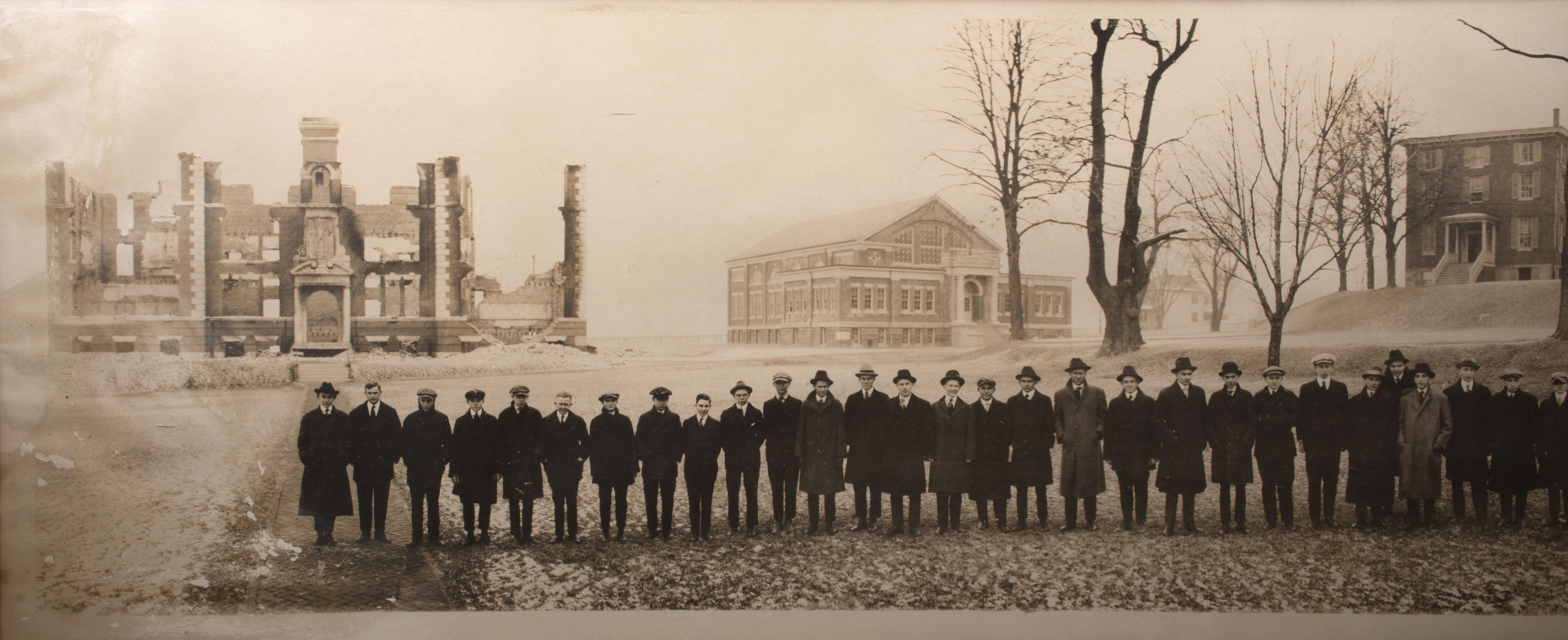
On a late January evening in 1916, only ten years after the laying of the cornerstone, a fire destroyed William Smith Hall, taking with it the administration offices, library, and auditorium. One of the few items rescued was a painting of William Smith that hung on the auditorium's back wall. This time, it only took the College two years to rebuild. Today's William Smith Hall is a copy of the 1904 design with only two changes. They added a cupola on top and a fire-proof vault.
